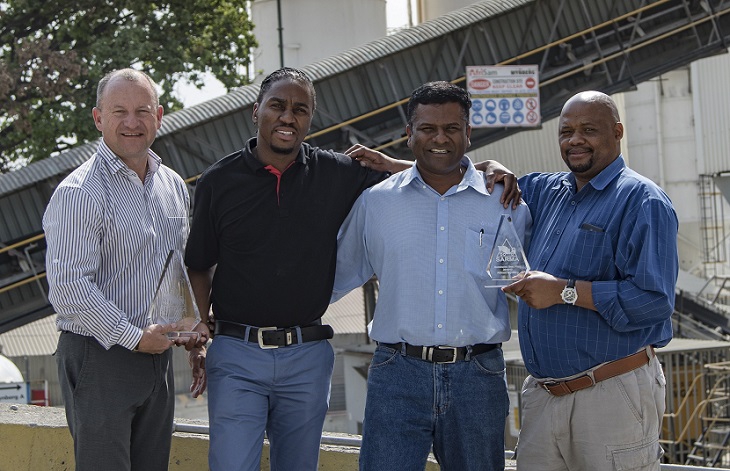

Amid a series of lossmaking results reported within the South African construction industry over the last two weeks, building and civil engineering contractor Wilson Bayly Holmes-Ovcon (WBHO) on Tuesday delivered positive news.
The group reported steady revenue for the six months ended December 31, of R15.4-billion, compared with R15.3-billion in the same period in 2015.
Revenue growth from the group’s building division offset lower revenue from the civil engineer-ing, and roads and earthworks divisions.
Included in WBHO’s non-trading items in the six months under review is a charge of R170-million in terms of the settlement agreement reached last year between seven construction firms and the South African government, following a collusion investigation into the local construction sector.
Adjusting the group’s earnings for this once-off liability, earnings a share and headline earnings a share would have increased by around 10%.
The settlement agreement also stipulates that companies may elect to dispose of a significant portion of their businesses to empowerment groups, or to mentor existing black construction companies and grow their turnover to 25% of the individual listed company’s qualifying South African turnover over a seven-year period.
WBHO chose the second option and has identified three existing black construction companies to mentor and grow.
WBHO’s total order book at December 31, 2016, decreased by 6% to R40.2-billion, compared with June 30, 2016. The decrease comprises a 15% drop in the Australian order book and a 7% decline in the building and civil engineering order book, while the roads and earthworks order book improved by 92%, to R5.8-billion.
While the Australian order book may have declined at the end of last year, the building business has secured close to R11-billion in new work since January 1, this year, across the retail, commercial and residential markets.
Around 30% of the value of the order book was in South Africa at December 30, with 5% in the rest of Africa and 65% in Australia, compared with 25% in South Africa at June 30, 3% in the rest of Africa and 72% in Australia.





